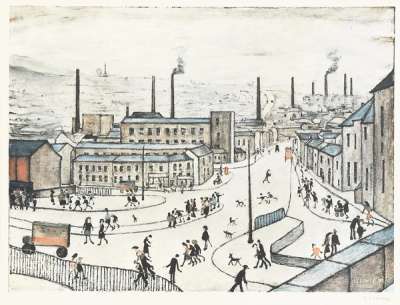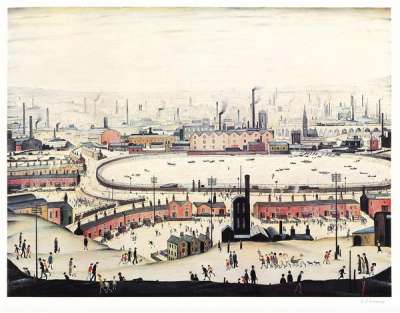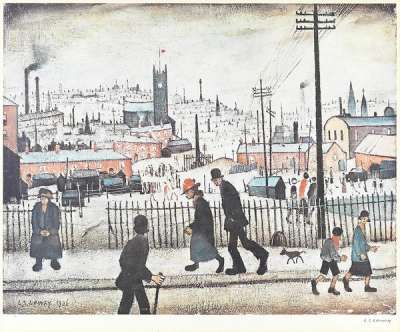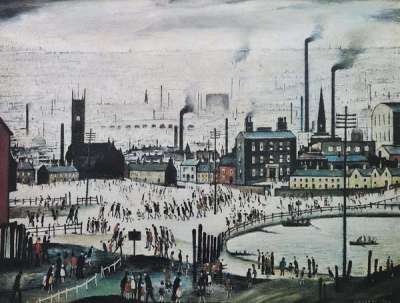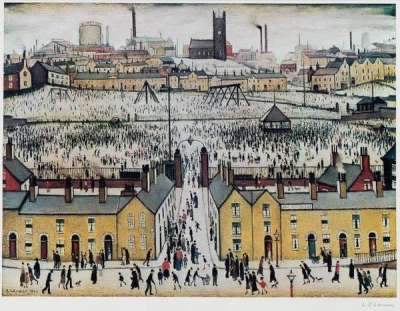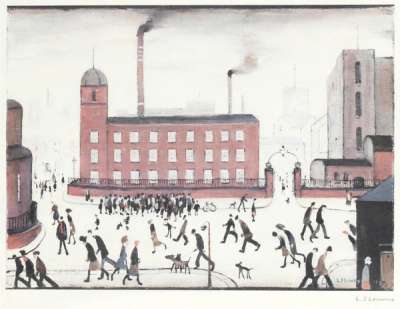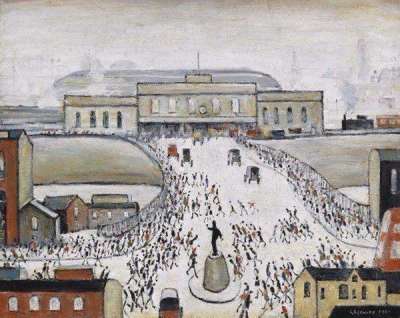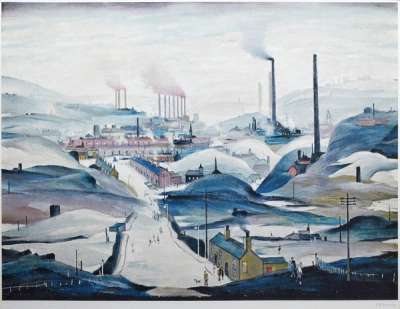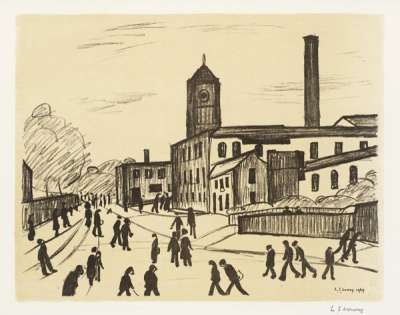
Going To The Match
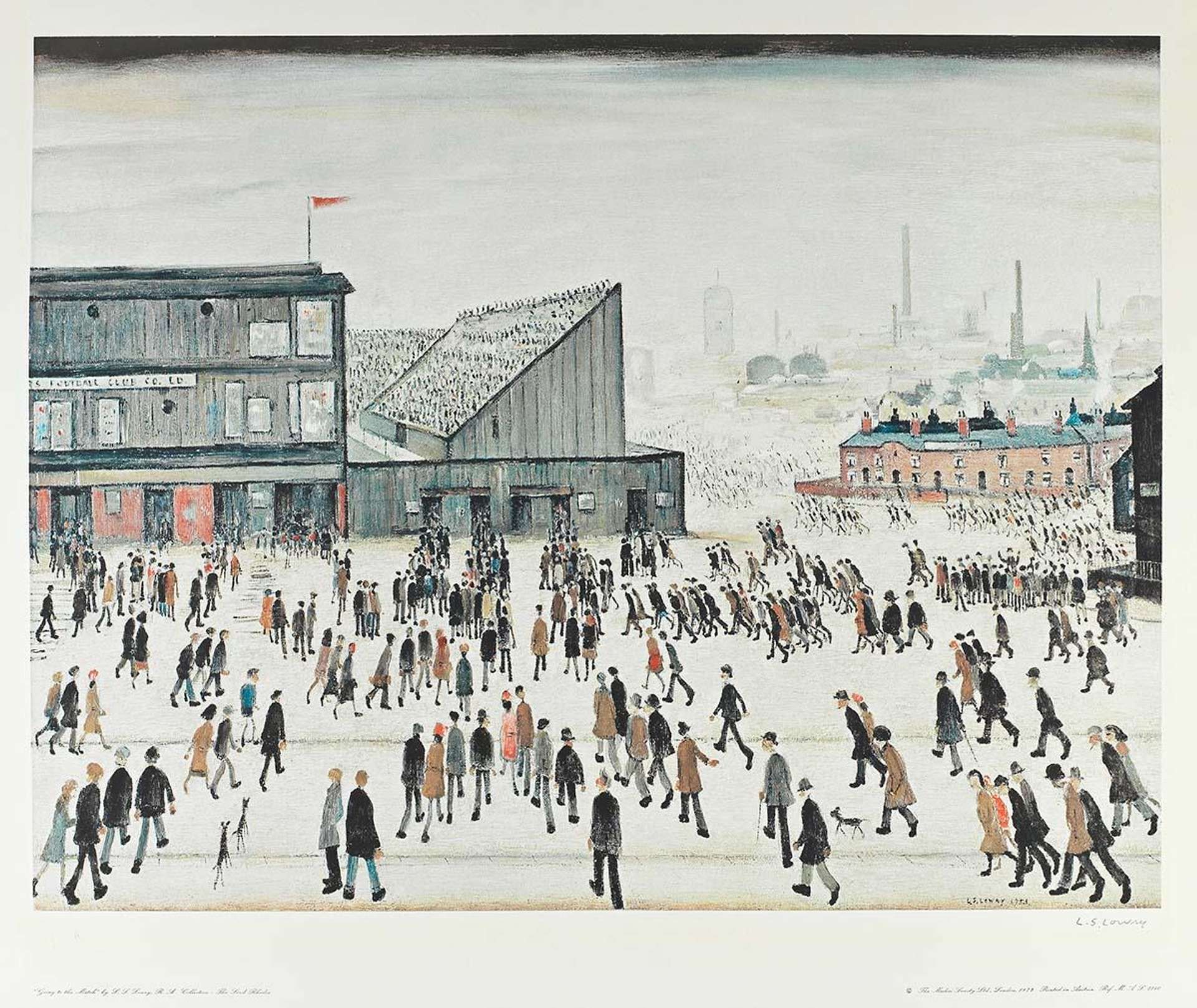
Going To The Match
Signed Print
L S Lowry
£30,000-£45,000
$60,000-$90,000 Value Indicator
$50,000-$80,000 Value Indicator
¥270,000-¥410,000 Value Indicator
€35,000-€50,000 Value Indicator
$290,000-$440,000 Value Indicator
¥5,710,000-¥8,560,000 Value Indicator
$40,000-$60,000 Value Indicator
AAGR (5 years) This estimate blends recent public auction records with our own private sale data and network demand.
There aren't enough data points on this work for a comprehensive result. Please speak to a specialist by making an enquiry.
Medium: Lithograph
Edition size: 300
Year: 1972
Size: H 52cm x W 69cm
Signed: Yes
Format: Signed Print
TradingFloor
MyPortfolio
Your collection tracked in real time.
Build your portfolio, manage valuations, view return against your collection and watch works you're looking for.
Track auction value trend
Auction Results
| Auction Date | Auction House | Artwork | Hammer Price | Return to Seller | Buyer Paid |
|---|---|---|---|---|---|
| December 2023 | Bonhams Knightsbridge - United Kingdom | Going To The Match - Signed Print | |||
| September 2023 | Bonhams Knightsbridge - United Kingdom | Going To The Match - Signed Print | |||
| September 2023 | Bonhams Knightsbridge - United Kingdom | Going To The Match - Signed Print | |||
| June 2023 | Bonhams New Bond Street - United Kingdom | Going To The Match - Signed Print | |||
| December 2022 | Bonhams Knightsbridge - United Kingdom | Going To The Match - Signed Print | |||
| August 2022 | Golding, Young & Mawer, The Lincoln Auction Rooms - United Kingdom | Going To The Match - Signed Print | |||
| April 2022 | Bonhams Knightsbridge - United Kingdom | Going To The Match - Signed Print |
Meaning & Analysis
As an ardent admirer and player of sport, particularly football and cricket, it is one of the most significant reoccurring subject matters throughout Lowry’s oeuvre. In his early years, he was a frequent visitor to The Bolton Wanderers football club located in Burnden Park just outside of Pendlebury, which is the scenery he references directly in Going to The Match. Albeit his style being realistic and the subject itself autobiographical in this piece, Lowry also incorporates imaginary elements and various symbols from his unique vocabulary into the landscape, making it part-real part-fragment of his own vision. He referred to these as dreamscapes.
Going to the Match highlights Lowry’s exceptional skill in representing the movement of a crowd, of a collective of peoples – as Sir Ian McKellen, one the artist’s most prominent collectors, points out:
“Each individual is on his/her own journey across the canvas yet leaning to form the crowd with its own collective identity. (…) Going about our business or pleasure, we are all subjects of his vision.”
